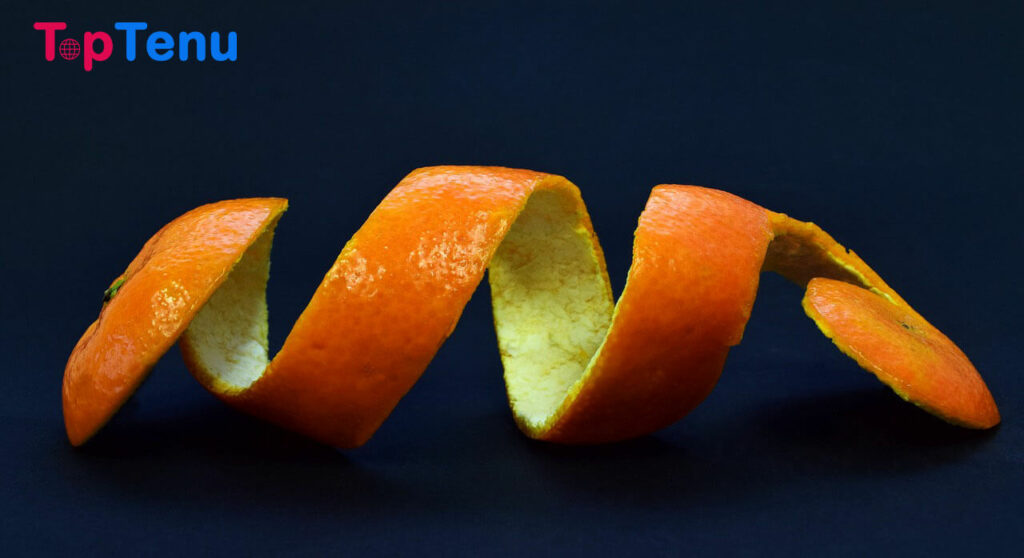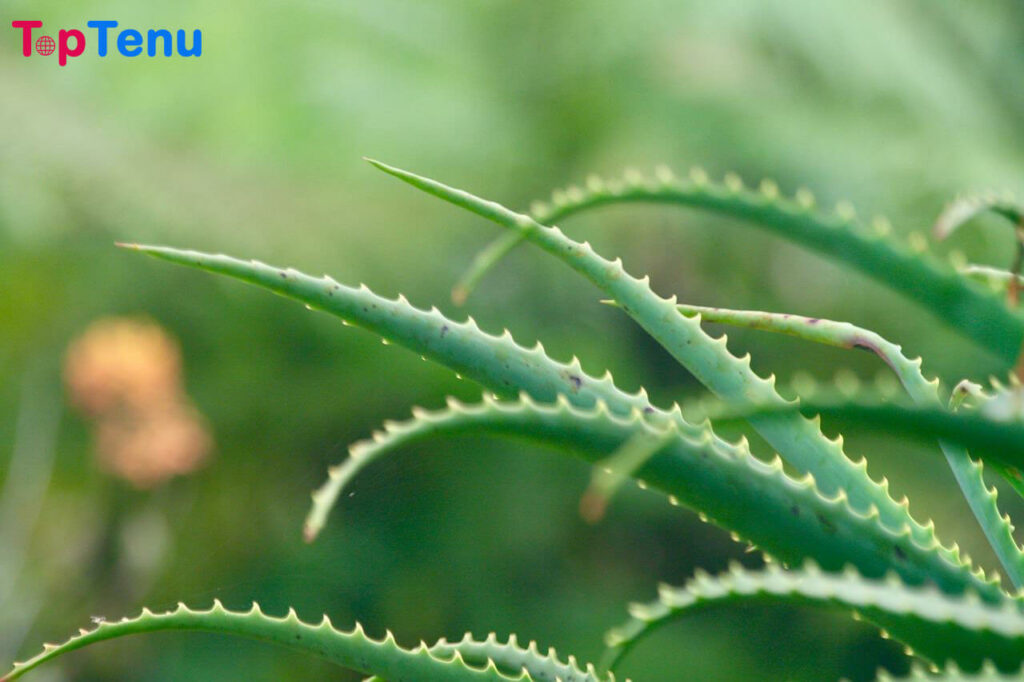Herbal medicine is a branch of medicine that uses herbs as an element of healing therapy promoting a quick recovery. Herbs as a medicine have been used in medicine for many years, and some of them are widely used to this day. Getting to know the healing properties of the most common herbs will help in reducing the negative effects of many diseases without the need to introduce pharmacotherapy.
Pepper Mint
Peppermint is a perennial perennial made from the crossing of green and aquatic mint. Today, mint is grown all over the world for its healing and spice properties. The cultivation itself begins with the use of cuttings and takes place in the spring, and harvesting can be carried out several times a year. From the resulting crops, leaves and herbs are used and harvested, which are characterized by various uses, both in medicine and in the kitchen. The main chemical components found in peppermint include flavonoids, essential oils, glycosides and minerals.
The richness of these ingredients contributes to its analgesic, carminative, anti-inflammatory, calming, soothing, laxative and calming properties. Mint is often used as a natural medicine in gastric ailments, such as flatulence, heartburn, abdominal pain or anorexia. Extracts and essential oils are also suitable for antibacterial, antifungal, antiviral, and antioxidant properties. What’s more, in people with problems with limited bile secretion, this plant reduces this type of disorders, and when applied to the skin, it reduces the feeling of itching . Peppermint is an easy plant to grow, and its wide application should be one of the elements encouraging its cultivation in home gardens.
Lemon Balm
This plant comes from the Mediterranean region and was probably brought to Poland by Italian monks. Currently, it is well acclimatized in our country and cultivated throughout its territory. In the cultivation of lemon balm, it requires fertile soil, a place that is well sunlit and sheltered from the wind, so that it grows properly and gives a qualitative and quantitative yield. The main biologically active substance obtained from lemon balm leaves is essential oil. In addition, the plant also contains tannins, flavonoids, phenolic acids, chlorophyll, carotenoids and minerals. Lemon balm is known for its wide spectrum of action, especially used in medicine for the natural treatment of many diseases. It has antimicrobial and antifungal properties.The oil extracted from the leaves of the plant also has a strong antiviral effect. Due to these properties, lemon balm is used in the production of antioxidant supplements and antiseptic products. It is undoubtedly best known for its calming properties, but research indicates it has the potential to slightly lower blood glucose levels. Lemon balm is another herb that you can grow at home and enjoy its many uses and unique fragrance.
Lavender
Without a doubt, lavender is one of the most beautiful flowering plants in summer, and its purple flowers are a symbol of sun-warmed cities in the Mediterranean. In Poland, lavender can also be grown, but due to the climate of our region, frost-resistant species should be chosen. Lavender blooms from mid-June to September and is best known for its appearance, taste and smell. Lavender in cultivation requires a lot of sunlightbut shelter from wind and frost. It looks best when grown in clusters, because then you can enjoy its beautiful color and fragrance. The primary health benefits of lavender include skin benefits (used in the production of cosmetics) and a calming and relaxing effect (used in the production of perfumes). Lavender slows down the aging process of the body, supports the treatment of inflammation related to ingrown hair, and soothes sunburn. Lavender oil is used as spot treatment for eczema and sinus inflammation, as well as for reducing depression, nervousness and celibacy.
Chamomile
Chamomile is a plant that belongs to the Asteraceae family. It grows wild in meadows and agricultural wastelands, but can also be grown in home gardens. Growing chamomile is quite simple – it grows well in sunny , humid and warm terrain. The chamomile is sown in September-October or in spring. After just 2 weeks, you can see the growth of the plant, and in late spring or summer you can start harvesting its inflorescences, which are widely used in cosmetics and herbal medicine. Research shows the plant’s anti-inflammatory, anti-ulcer, anti-bacterial, anti-viral, anti-itching and anti-depressant effects. Due to these properties of the plant, chamomile is used in the production of medicinal mixtures, dietary supplements and cosmetics.
Basil
Basil is another herb known not only for its many uses, but also for its unique taste – as an addition to tomatoes or mozzarella cheese. The seeds of the plant are sown at home in March / April and are grown as an annual plant.Basil grows well in sunny places, sheltered from wind and frost. This plant is relatively easy to grow, so it is more and more often found in pots on home windowsills or balconies. Basil is known to have antispasmodic, carminative, anti-inflammatory and antibacterial properties. What’s more, its oil is often used for headaches, joint pains and a stimulant for fatigue and decreased concentration. Basil is a valued herb all over the world because it has a unique aroma that gives dishes the desired flavor.
Summary
Growing herbs at home is becoming more and more popular due to the relatively easy growth process of these plants and the possibility of using their many culinary and health properties.



